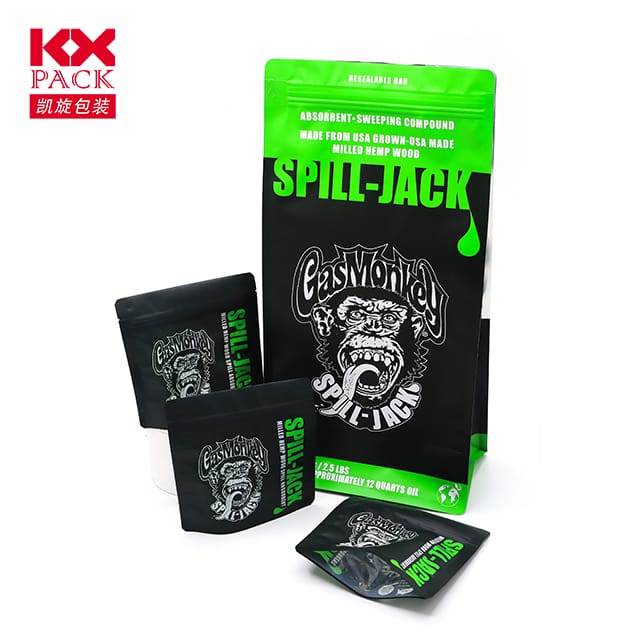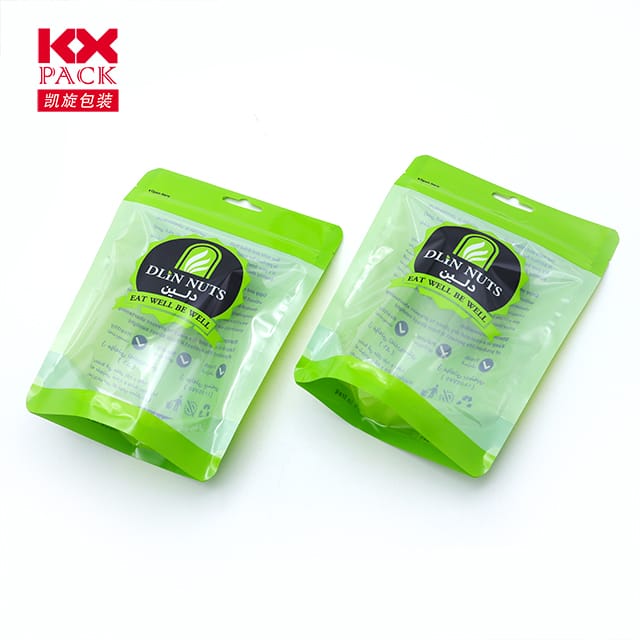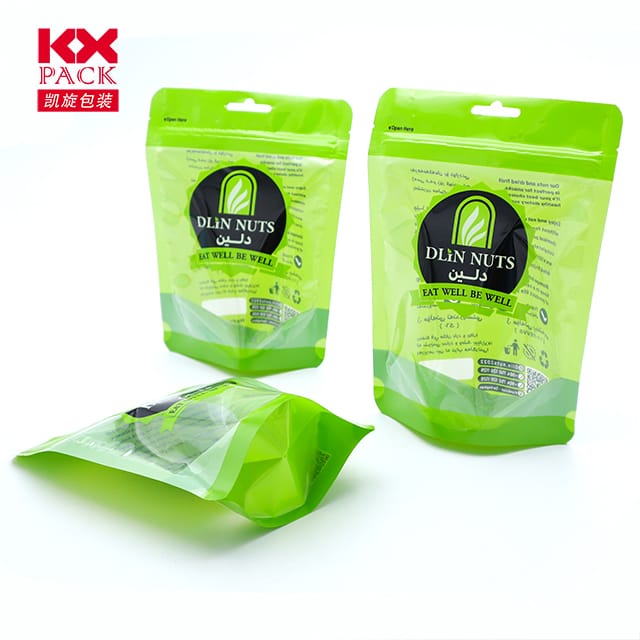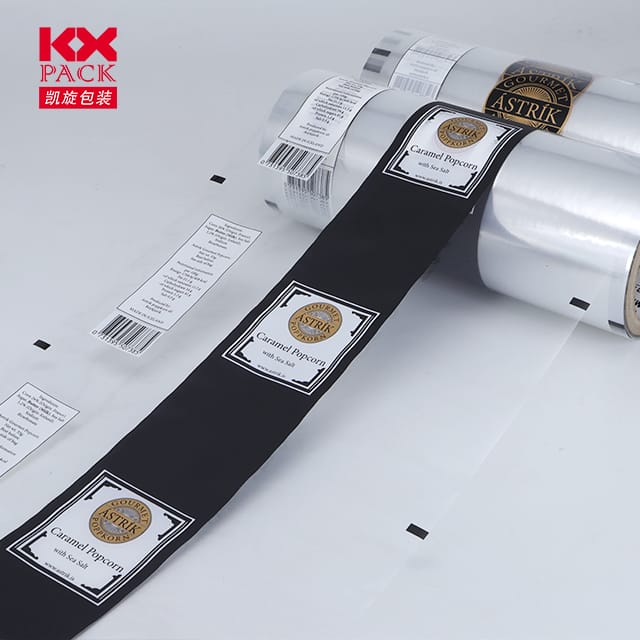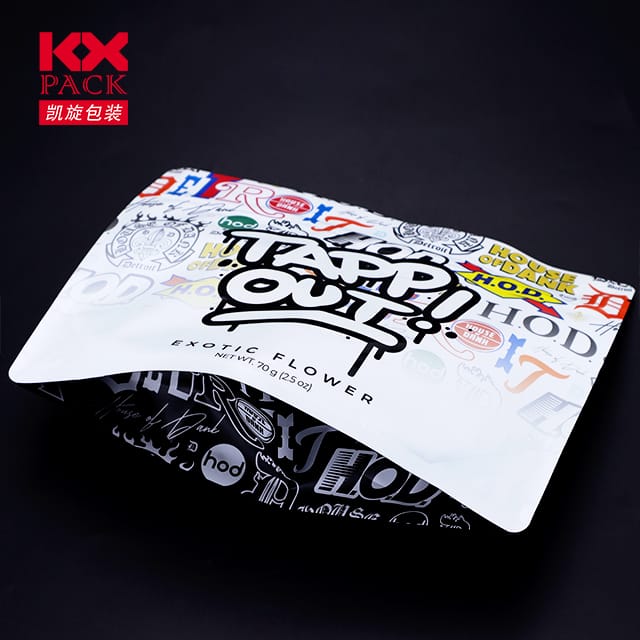The Double-Edged Sword of Plastic Film in Food Packaging: Komoditeti vs. Qëndrueshmëria
Film plastik
In modern kitchens and supermarkets, plastic film for food—commonly known as cling wrap, mbështjellës sugjerimi, or food wrap—has become a staple. Është transparente, i shtrirë, and airtight properties make it ideal for preserving freshness, Parandalimi i derdhjeve, and wrapping leftovers. Akoma, Ndërsa shqetësimet mjedisore montohen, this ubiquitous kitchen tool is facing scrutiny. Let’s explore the benefits, të meta, and eco-friendly alternatives to plastic film in food storage.
1. Why Plastic Film Dominates Food Packaging
- Fuqi e ruajtjes: Plastic film creates an airtight seal, slowing oxidation and bacterial growth. This extends the shelf life of produce, mishrat, and cooked meals by days or even weeks.
- Shkathtësi: From wrapping sandwiches to covering bowls, its flexibility allows it to conform to any shape.
- Kosto-efektivitet: A single roll costs just a few dollars and can last months, making it a budget-friendly choice for households and restaurants.
- Higjienë: Transparent and disposable, it reduces cross-contamination risks compared to reusable containers that may not be cleaned thoroughly.
2. Numri mjedisor i filmit plastik
Despite its convenience, plastic film poses significant environmental challenges:
- Jo biodegradues: Shumica e filmave plastikë janë bërë nga polietileni (PE), a petroleum-based material that takes 500+ vjet të dekompozohet.
- Ndotja mikroplastike: When discarded improperly, it fragments into microplastics that infiltrate soil, rrugë, and even human food chains.
- Barriera riciklimi: Many curbside recycling programs don’t accept plastic film due to contamination risks. Vetëm 4% of U.S. plastic wrap is recycled annually (EPA, 2021).
- Single-Use Culture: The average household uses 1,500 plastic bags/wraps yearly, most of which end up in landfills or oceans.
3. Alternativa eko-miqësore për filmin plastik
Lajmi i Mirë? Sustainable swaps are readily available:
A. Përfundimet e dyllit të bletëve
- Materiali: Cotton fabric coated in beeswax, vaj jojoba, dhe rrëshirë pemësh.
- Përfitimet: Reusable for up to a year, kompostueshme, dhe natyrisht antibakterial.
- Best For: Wrapping cheese, sandwiches, or covering bowls.
- Drawback: Not vegan-friendly and melts near heat.
B. Mbulesat e ushqimit silikoni
- Materiali: Food-grade silicone (a synthetic rubber).
- Përfitimet: Dishwasher-safe, reusable for years, dhe rezistent ndaj nxehtësisë (great for sous-vide cooking).
- Best For: Stretching over bowls, pans, or half-cut produce.
- Drawback: More expensive upfront (10–20 per set).
C. Mbulesa të ripërdorshme të rrobave
- Materiali: Cotton or linen with a waterproof lining (P.sh., PUL fabric).
- Përfitimet: Machine-washable, customizable in size, and breathable for produce.
- Best For: Storing bread, herbs, or covering dough during rising.
D. Kontejnerë prej qelqi ose çeliku inox
- Përfitimet: Airtight, leak-proof, and infinitely recyclable.
- Best For: Meal prepping, leftovers, and freezer storage.
4. How to Reduce Plastic Film Waste Today
Even if you’re not ready to ditch plastic film entirely, small changes can make a difference:
- Ripërdor: Wash and dry plastic wrap gently to reuse it 2–3 times.
- Ricikloni djathtas: Check local programs for drop-off locations that accept plastic film (P.sh., grocery store bins).
- Blej me shumicë: Avoid pre-wrapped produce; bring reusable mesh bags to the store.
- Alternativa DIY: Use a damp paper towel to keep greens fresh or store leftovers in jars.
5. The Future of Food Packaging
Innovations are emerging to bridge convenience and sustainability:
- Filma ushqimor: Made from starch or seaweed, these wraps can be eaten or composted.
- Plant-Based Plastics: Biodegradable films derived from corn or sugarcane are entering the market.
- Paketim i zgjuar: Sensors embedded in films could soon detect food spoilage, zvogëlimi i mbeturinave.
Mendimet përfundimtare: Balance Is Key
Plastic film’s role in food safety and preservation is undeniable, but its environmental impact demands action. By opting for reusable alternatives when possible and disposing of plastic responsibly, we can protect both our meals and the planet.
What’s your go-to plastic film alternative? Share your tips in the comments below—let’s inspire each other to make sustainable swaps! 🌍🥪
Burime: EPA, National Geographic, and sustainability blogs like Treehugger.


